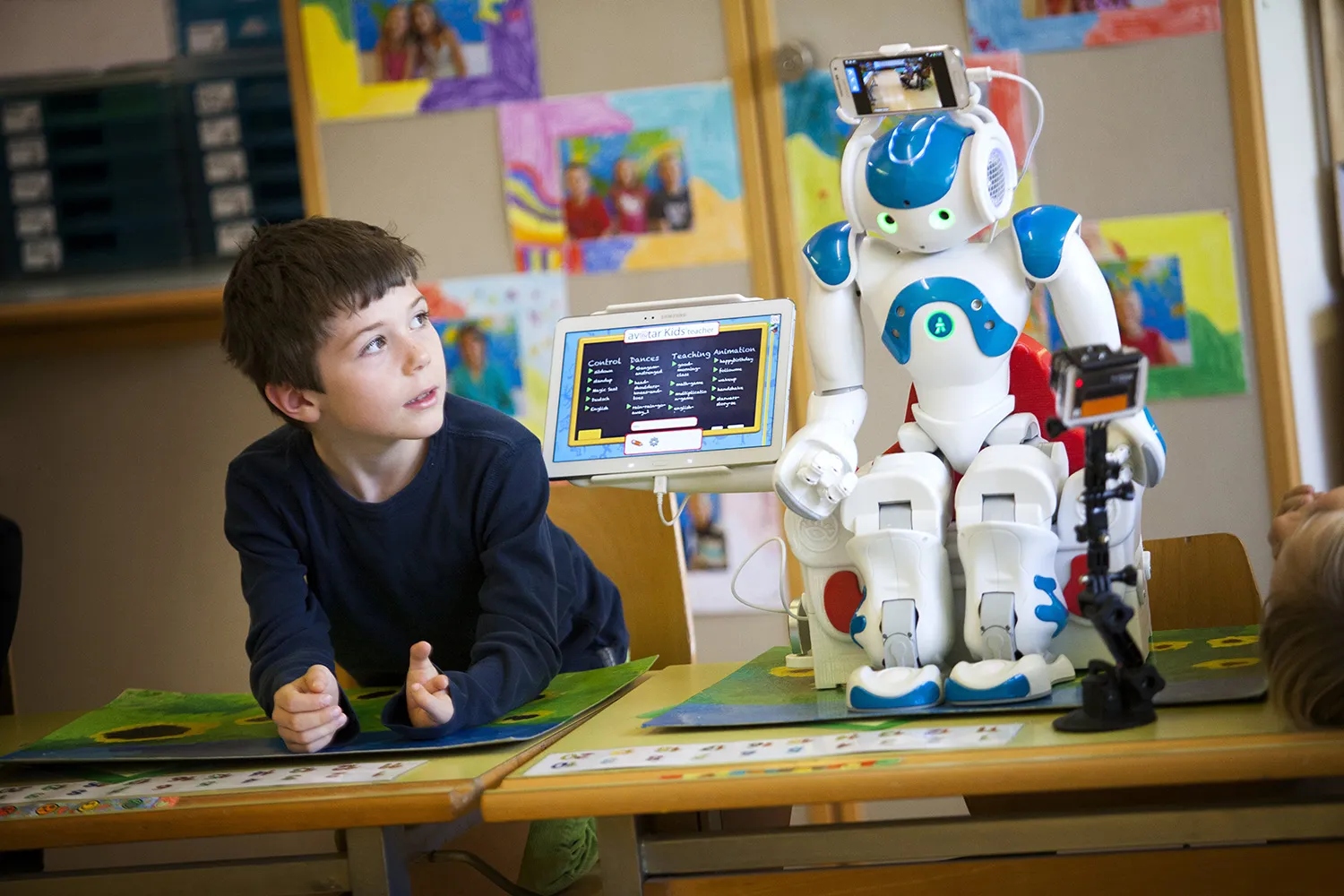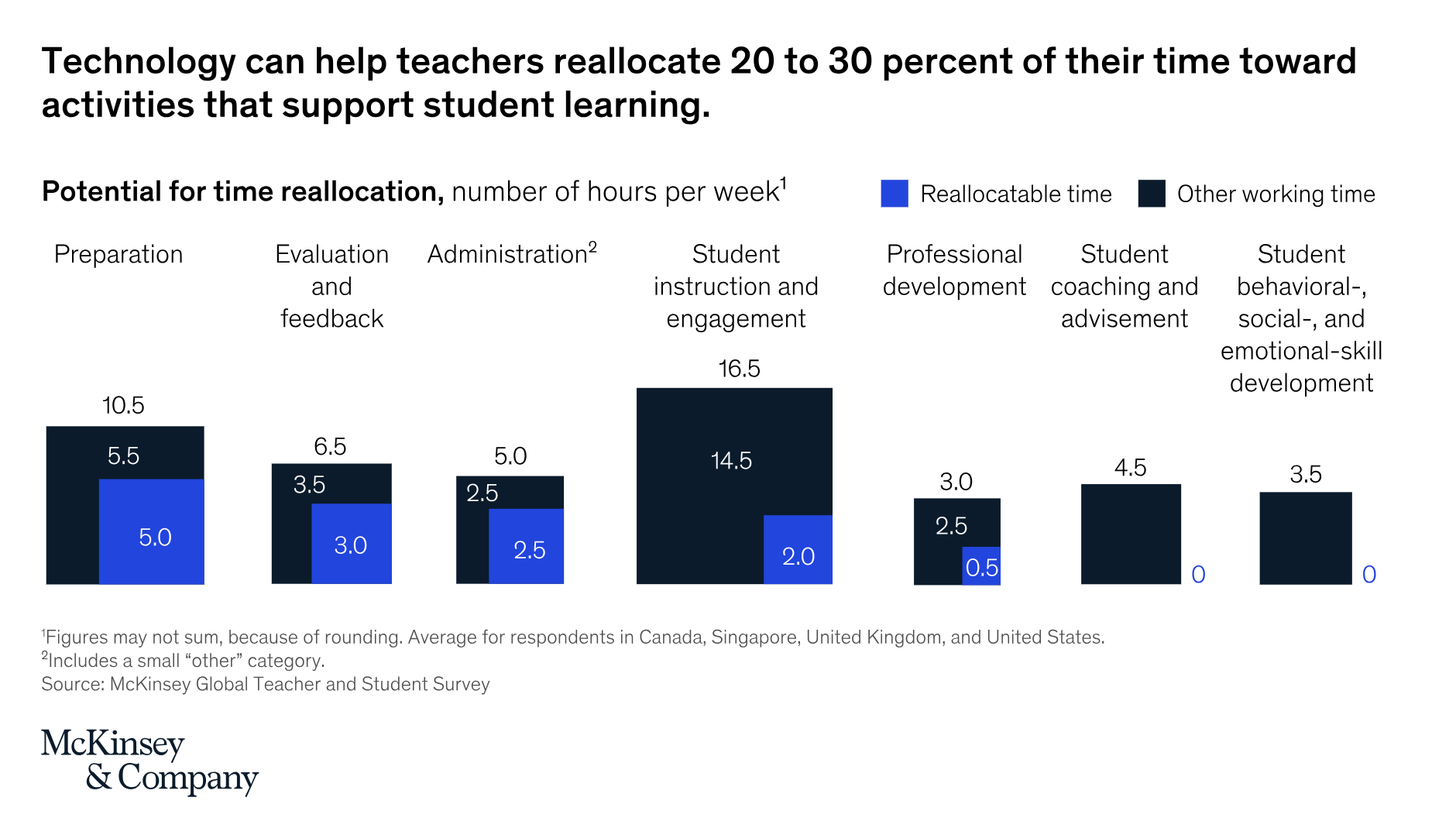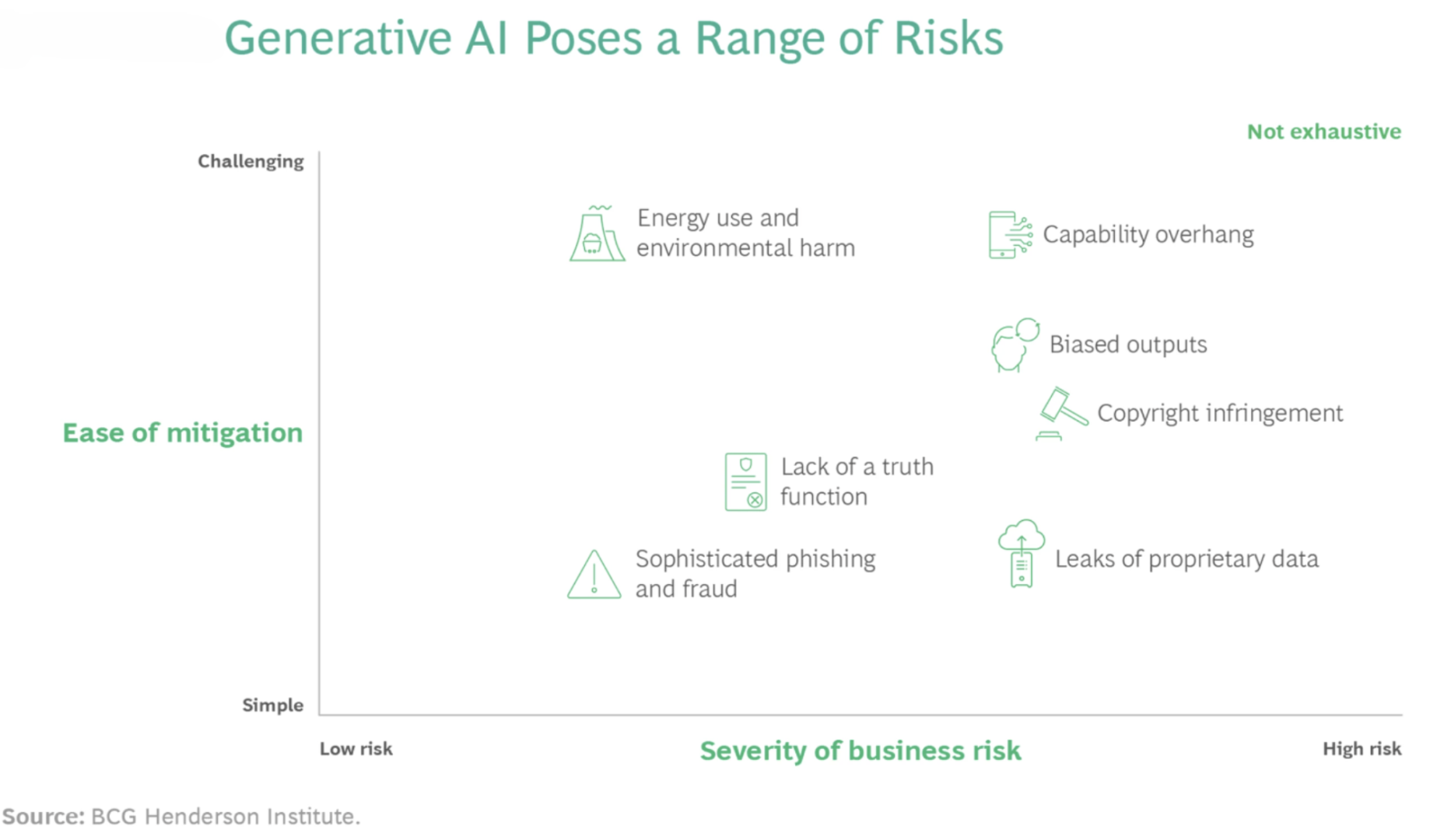Comments
- No comments found

The education sector has been witnessing a remarkable paradigm shift, driven by the relentless pace of technological advancement.

Artificial Intelligence (AI) has rapidly transformed various aspects of our lives, and education is no exception. AI networks are revolutionizing the way we teach and learn, ushering in a new era of personalized and efficient education. In this article, we will explore the profound impact of AI networks on education.
AI networks analyze students' performance and adapt educational materials accordingly. This personalized learning approach allows students to progress at their own pace, focusing on areas where they need more support and advancing when they are ready. It caters to individual strengths and weaknesses, fostering a deeper understanding of the subject matter.
AI-powered educational platforms often incorporate interactive elements, gamification, and immersive simulations. These features make learning more engaging and enjoyable for students, leading to increased motivation and better retention of knowledge.
AI algorithms can swiftly evaluate student assignments and provide instant feedback. This streamlines the assessment process and allows educators to concentrate on facilitating learning rather than grading papers. Timely feedback also helps students grasp concepts more effectively.
AI networks can identify learning gaps and areas of improvement for each student. This information enables educators to tailor interventions and provide targeted support to help struggling students catch up. It ensures that no student is left behind.
AI-driven education systems can optimize the allocation of resources. They can suggest appropriate textbooks, learning materials, and additional resources based on individual needs, thus saving time and resources for both students and educators.
AI networks can be programmed to cater to students with disabilities or diverse learning styles. They offer features such as text-to-speech, translation services, and adaptive interfaces, making education more accessible and inclusive for all.
Educational institutions can leverage AI to collect and analyze data on student performance and engagement. This data-driven approach helps in making informed decisions about curriculum design, resource allocation, and teaching strategies.
At the most recent CXO Spice, I explored how AI networks influence higher education with Mike Newcomb, an industry expert in network infrastructure at Juniper Networks. We delved deep into the ever-evolving landscape of education, where technology, particularly AI, is rapidly reshaping the way we learn and teach.
Mike's insights into the significance of network infrastructure, especially in higher education institutions, opened a world of possibilities in the realm of education.
Here are some key takeaways from our engaging conversation:
AI Networks are the Backbone of Modern Education: Mike underscored the pivotal role played by AI networks in higher education. In today's digital age, a scalable, simple-to-adopt, and reliable network infrastructure serves as the very backbone of education. It paves the way for secure, simple, and up-to-date educational spaces, critical for facilitating collaborative efforts, ensuring campus safety, and enhancing privacy. This robust network connectivity has become even more crucial with the advent of IoT and smart technologies.
AI-Driven Campus Enhancing the Learning Experience: We explored the crucial role of AI-driven solutions in higher education. These innovative solutions, powered by microservices, aim to create a seamless connection across students, educators, and the campus environment. They guarantee dependable Wi-Fi and optimal network performance, enabling dynamic lectures, interactive discussions, and collaborative teamwork. Moreover, these AI-driven networks proactively detect and resolve issues, saving valuable time and IT resources while accommodating various learning formats.
Applications of AI and Bluetooth Technology: Our discussion highlighted one notable application of AI and Bluetooth technology: location-based services. These services empower students with features like blue dot navigation, helping them efficiently navigate the campus. Bluetooth arrays in access points provide precise location data within the campus network, even in multi-level buildings. This technology has proven invaluable, particularly during the Covid-19 pandemic, by allowing universities to implement Bluetooth contact tracing for student safety.
Enhancing Student Retention and Safety: Mike emphasized the importance of student retention and how AI-driven solutions can identify struggling students who may require additional support. This data-driven approach assists universities in providing targeted assistance to improve student outcomes. In addition, network technology can contribute to student safety by monitoring their movements, especially during nighttime activities, and responding promptly to potential threats.
Benefits for K-12 Primary Schools: The discussion extended its reach to K-12 primary schools, where similar challenges exist in terms of network management and the growing demand for quality networks. Simplifying network management with cloud-based solutions can help educators focus more on teaching while ensuring reliable network access for students.
Exciting Innovations in Network Technology: Lastly, Mike expressed his excitement about upcoming innovations in network technology. He highlighted the ongoing paradigm shift towards microservices and cloud-based architectures, which simplify network access control and enhance security. This architectural change significantly reduces the complexity of managing thousands of devices on campus, promising a brighter future for education.
For those eager to dive deeper into this enlightening discussion, you can watch the full conversation on CXOSpice YouTube channel, where Mike and I explore these transformative ideas in even greater detail.

Here are two more resources mentioned by Mike:
Ed Summit on demand: https://juni.pr/44q2zjQ - Hear directly from education leaders on how they’re driving smarter modernized networks
Try a demo for Juniper Mist AI: tps://juni.pr/4846i9e
As always, thank you for being a part of the CXO Spice community. We're dedicated to featuring industry thought leaders’ point of view on innovation and sharing how to make it happen in the real world. Stay tuned for the upcoming episode on Responsible AI.
Helen Yu is a Global Top 20 thought leader in 10 categories, including digital transformation, artificial intelligence, cloud computing, cybersecurity, internet of things and marketing. She is a Board Director, Fortune 500 Advisor, WSJ Best Selling & Award Winning Author, Keynote Speaker, Top 50 Women in Tech and IBM Top 10 Global Thought Leader in Digital Transformation. She is also the Founder & CEO of Tigon Advisory, a CXO-as-a-Service growth accelerator, which multiplies growth opportunities from startups to large enterprises. Helen collaborated with prestigious organizations including Intel, VMware, Salesforce, Cisco, Qualcomm, AT&T, IBM, Microsoft and Vodafone. She is also the author of Ascend Your Start-Up.
Leave your comments
Post comment as a guest